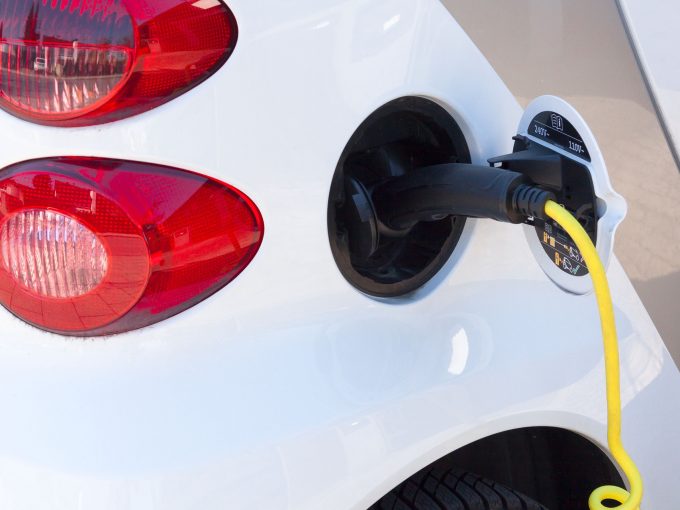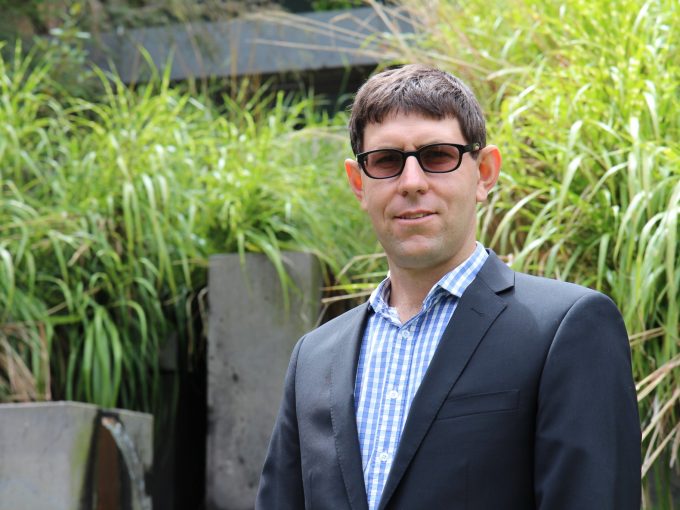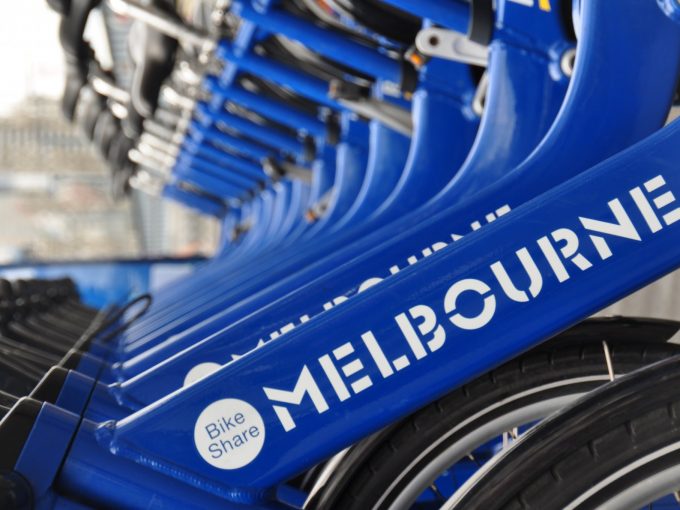Innovative data use and modelling is helping uncover important questions around social justice in our urban vehicle fleets.
As part of CAUL Hub’s project ‘Urban Systems for Liveability,’ Professor Jago Dodson and Dr. Tiebei (Terry) Li are researching the uptake of fuel efficient vehicles in our cities – providing critical information on their distribution, affordability and accessibility to inform future policy.
Increased vehicle fuel efficiency (VFE) is a worldwide phenomenon, helping provide governments with a pathway towards more sustainable and liveable cities.
And for a car-dependent country like Australia, where 80% of travel is done by car, transitioning towards a more fuel-efficient vehicle fleet is both a significant opportunity and critical step to reducing emissions.
“Australia lags the world rather badly in terms of the efficiency of its existing motor vehicle fleet, and we know that if we’re going to transition to a zero-carbon transport system – and society overall – transport is one of the big issues to deal with,” says urban planning professor Jago Dodson.
While there is a lot of existing information about how these technologies work, there is a critical gap in knowledge around the social factors influencing their uptake: who can afford them, where those people live and therefore what the implications are for a city, in terms of potential savings that can be made by reducing fuel dependence. These questions have important policy implications.
“If we’re thinking about an energy transition from a social justice point of view, we need to think about who currently bears the cost of inefficient, conventional motor vehicles and whether they will benefit from the early uptake of these new technologies,” explains Jago.
This is what led Jago and geographical analyst Terry Li to begin research into how Australia’s urban vehicle fleet has changed over time.
Beginning at Griffith University, their initial study mapped out the spatial patterns of VFE changes, and modelled the level of household fuel savings from the VFE improvement.
This research showed an uneven uptake of fuel-efficient vehicles across the city: inner urban areas, typically made up of wealthier households, have experienced higher level of VFE change, while people in the outer and fringe suburbs, typically less-affluent households, have showed lower VFE change.
Importantly, these outer suburbs are often less likely to have adequate public transport and facilities for walking and cycling, meaning they have fewer alternatives to driving.
Because of dispersed land-use patterns, these households also tend to be driving further distances to access employment, schools and other services.
But by modelling the economic benefit of having more fuel-efficient vehicles, Jago and Terry’s research showed the massive potential of VFE changes in these outer suburbs.
It was the areas with the lowest levels of VFE change that had potential for the greatest gain in fuel savings.
“This is encouraging,” explains Terry. “It shows that we shouldn’t overlook small gains in fuel efficiency because any small change can create great benefit for people.”
“From an energy consumption and emissions point of view, you’d want to be targeting those households who have the least efficient vehicles and are travelling the biggest distances first – to get those trips out of the emissions profile,” adds Jago.
This research has been groundbreaking in its innovative use and synthesis of datasets.
The State Motor Vehicle Registration provides data on the location of registered vehicles, which the team used to map the composition of the motor vehicle fleet down to the suburb level.
While this is a publicly available dataset, they are one of the first teams to use it for this kind of in-depth spatial analysis.
Their next innovation was to link this registration dataset with the ABS Census Data and Green Vehicle Guide, a federal data set which lists the fuel-efficiency of individual motor vehicle make.
The techniques they developed have allowed for meaningful socio-spatial analysis of both the demographic variables of the population where fuel-efficient vehicles are owned and the vehicles themselves.

Project researchers Jago Dodson and Terry Li.
Story: Isabel Kimpton
Originally published in Issue 9 of the Urban Beat (CAUL Hub newsletter)





